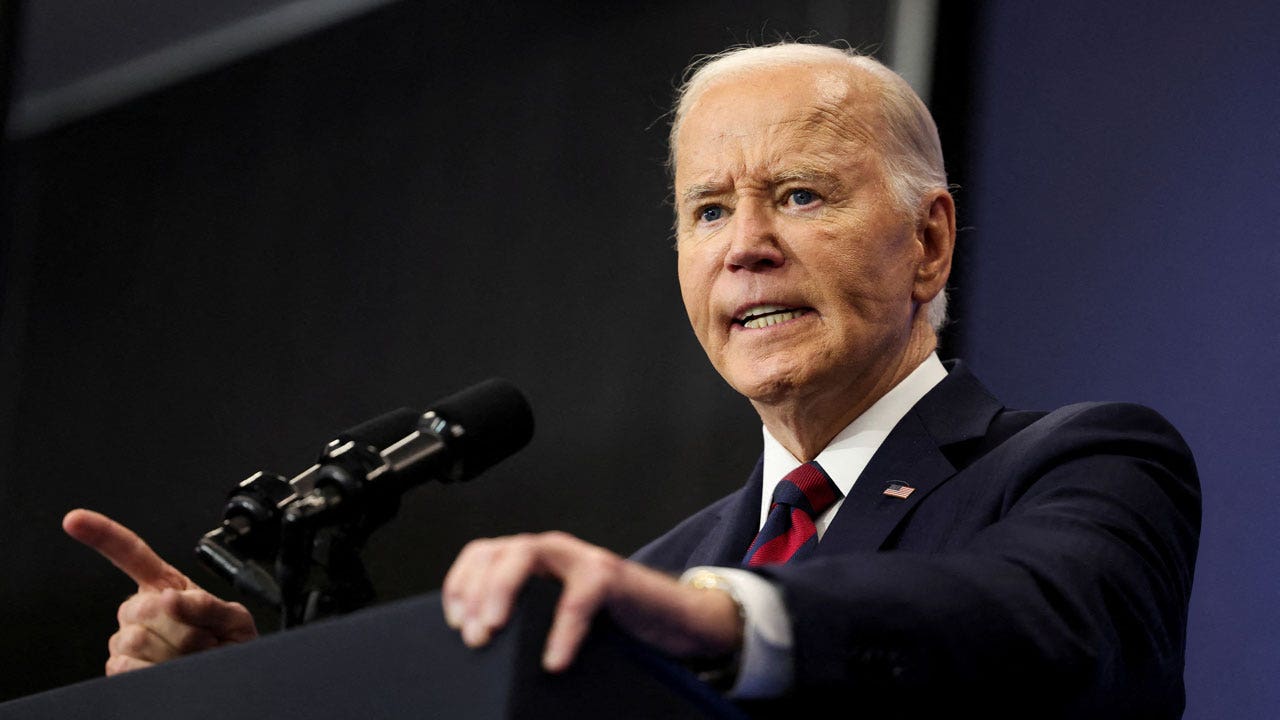Barrett Hayton did not have a concrete answer for Utah Hockey Club’s lackluster second period.
“I don’t know. We’re going to have to sit down and talk about it. I think we have to figure out what causes that,” the forward said. “The mentality we have to figure out.”
It was Hayton’s third-period goal that pulled Utah within one after allowing the Dallas Stars to take a 3-1 lead in the middle frame. However, the attempted comeback was too little too late and the Stars took the two oh-so-valuable divisional points in a 3-2 win at Delta Center Monday night.
“We’re neck and neck [in the standings] with these guys. That’s a game we really needed and wanted,” Nick Bjugstad said. “Tried to fight back in the third, but that’s a good team. Can’t take a period off. That’s kind of what we did in the second.”
(Bethany Baker | The Salt Lake Tribune) Dallas Stars left wing Mason Marchment (27) vies for the puck with Utah Hockey Club defenseman Olli Maatta (2) and Utah Hockey Club center Barrett Hayton (27) during the first period of the NHL game at the Delta Center in Salt Lake City on Monday, Dec. 23, 2024.
The Stars took a 1-0 lead midway through the first period with a goal from Colin Blackwell. Following a Utah turnover in the neutral zone, the Dallas forward broke out off the rush and sniped it past Karel Vejmelka from the right side.
Kevin Stenlund tied things 1-1 for Utah just over a minute later with his fifth goal of the month and sixth of the season. The veteran forward earned net-front positioning and tipped Ian Cole’s blast from the point in at 12:41.
The back-to-back fatigue became evident in the second period for Utah. The team looked disjointed and slow and it cost it.
“It’s a veteran team on the other side who weathered the storm in the first period,” head coach André Tourigny said. “Then they got us where they wanted us and we didn’t play particularly well at that.”
(Bethany Baker | The Salt Lake Tribune) Utah Hockey Club goaltender Karel Vejmelka (70) and defenseman Vladislav Kolyachonok (52) react to a goal from the Dallas Stars during the first period of the NHL game at the Delta Center in Salt Lake City on Monday, Dec. 23, 2024.
Dallas took advantage of its fresh legs by creating frequent odd-man situations simply by beating Utah to the puck.
That is how Roope Hintz’s goal unfolded. He and Mavrik Bourque blew past Stenlund and Michael Kesselring at Utah’s defensive blueline ahead of a give-and-go sequence which found Hintz uncovered in front. He wristed it in for the 2-1 advantage at 12:39.
Jamie Benn’s tally at 17:50 closely resembled the same play. Wyatt Johnston looped the puck behind the net before hitting a wide-open, net-front Benn who unleashed a one-timer to make it 3-1 heading into the third period.
“I think that second period is the learning lesson, obviously. We knew coming into this game it’s a four-point game, division game. Those matchups are huge,” Hayton said. “We’re all pissed off about it and disappointed and frustrated in ourselves. That’s a big game and sucks for it to go that way.”
(Bethany Baker | The Salt Lake Tribune) Dallas Stars center Wyatt Johnston (53) prepares to shoot as Utah Hockey Club left wing Matias Maccelli (63) defends during the second period of the NHL game at the Delta Center in Salt Lake City on Monday, Dec. 23, 2024.
Utah’s power play — which had been on a seven-game conversion streak — could barely string passes together and did not establish a cycle in the two chances it was given through 40 minutes. The third line of Bjugstad, Lawson Crouse and Matias Maccelli, however, had noticeable jump at the start of the night as it tried to get its production going.
“When you’re not scoring as a line you try to figure out what to do. But for us it’s just simplifying,” Bjugstad said. “Just have to find a way to score. That’s kind of all I’ve got on that front.”
Hayton’s goal came at 11:39 of the final stanza and gave his team just under nine minutes to hunt for an equalizer it ultimately did not find. After Utah won an offensive-zone faceoff, Hayton got between the hash marks and deflected in Nick Schmaltz’s shot from the left side for the 3-2 scoreline and his second goal in two games.
Clayton Keller picked up the secondary assist on the play which extended his point streak to five games — he’s had 10 points through that stretch.
“Proud of the effort of the guys,” Tourigny said. “Proud of the pushback we had. We all talk about the second period which is totally true and fair, but in the third period we had a hell of a pushback and the guys never quit.”
(Bethany Baker | The Salt Lake Tribune) Utah Hockey Club celebrate a goal against the Dallas Stars during the first period of the NHL game at the Delta Center in Salt Lake City on Monday, Dec. 23, 2024.
Utah will now have three NHL-mandated days off for the holidays before returning to Delta Center on Friday to host the Colorado Avalanche — another Central Division opponent.
Despite Utah’s two-game losing streak, the team remains confident about its overall play in December and the position it has put them in heading into the new year.
“It’s on us. They pushed, but we have to understand that’s game management,” Bjugstad said. “We’ve got to learn, we’ve got to move on. I think this team has a lot of upside so we want to fulfill that.”


























/cdn.vox-cdn.com/uploads/chorus_asset/file/23951353/STK043_VRG_Illo_N_Barclay_3_Meta.jpg)
/cdn.vox-cdn.com/uploads/chorus_asset/file/24924653/236780_Google_AntiTrust_Trial_Custom_Art_CVirginia__0003_1.png)



